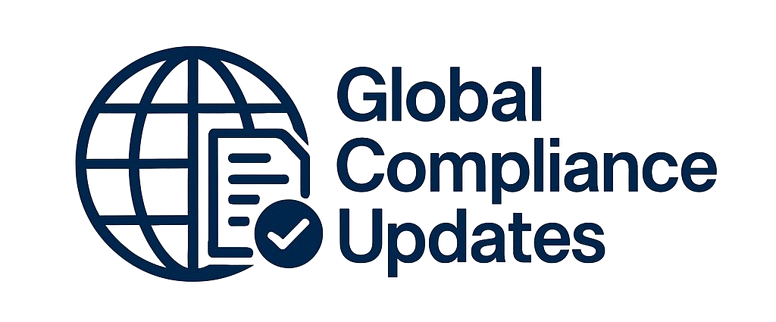Formulating an error-free HMDA report has inflicted a heavy task over the years. There are regular changes in the rules and regulations under the leadership of the Consumer Financial Protection Bureau for 2018 and large institutions in 2020. Regulators are often confounded to the latest updates on these rules. HMDA reporting mistakes, when ignored, can cause a fortune or even rigorous rework. In this live webinar, the speaker discusses important tools and techniques to avoid these reporting mistakes. Attend this webinar to help your organization most successfully avoid mistakes in HMDA reporting.
WHY SHOULD YOU ATTEND?
In the process of developing HMDA (Home Mortgage Disclosure Act) reports it is possible to make a variety of mistakes. Some of these are considered more significant than others. Some are more common than others. If the number of mistakes is high, it can result in rework and even fines. This can result in loss of trust in your institution by regulators, which is never a good thing. The Topic is based on statistics as to common mistakes and the experience of a former regulator as to which mistakes will be viewed as most significant to the regulators. It will also cover material useful in helping any operation reduce human errors.
AREA COVERED
- A regulator's perspective
- Large-scale mistakes
- Individual applications' mistakes
- Things management can do to reduce mistakes
- Things staff can do to reduce mistakes
LEARNING OBJECTIVES
- Learn how regulators view the importance of HMDA reports and what their major concerns are likely to be
- Understand the most common errors, so as to focus improvement where the effort will mostly bring benefits
- Understand which errors are most likely to be viewed as serious by regulators
- Tools and techniques will be discussed that have proven useful in helping management to reducing mistakes
WHO WILL BENEFIT?
Anyone working in HMDA reporting including associates, supervisors, and managers
In the process of developing HMDA (Home Mortgage Disclosure Act) reports it is possible to make a variety of mistakes. Some of these are considered more significant than others. Some are more common than others. If the number of mistakes is high, it can result in rework and even fines. This can result in loss of trust in your institution by regulators, which is never a good thing. The Topic is based on statistics as to common mistakes and the experience of a former regulator as to which mistakes will be viewed as most significant to the regulators. It will also cover material useful in helping any operation reduce human errors.
- A regulator's perspective
- Large-scale mistakes
- Individual applications' mistakes
- Things management can do to reduce mistakes
- Things staff can do to reduce mistakes
- Learn how regulators view the importance of HMDA reports and what their major concerns are likely to be
- Understand the most common errors, so as to focus improvement where the effort will mostly bring benefits
- Understand which errors are most likely to be viewed as serious by regulators
- Tools and techniques will be discussed that have proven useful in helping management to reducing mistakes
Anyone working in HMDA reporting including associates, supervisors, and managers
Speaker Profile
 Jim George
Jim George
Jim George is an independent consultant to banks focusing on issues of fraud. He brings over 25 years as a consultant to major banks in Associate Partner and Principal roles at PriceWaterhouse-Coopers Consulting, IBM Consulting in Bank Risk and Compliance and Andersen Consulting (now Accenture). He has also been SVP Operations for a Fortis-US division providing outsourcing services to the banking industry. Jim's work has included projects in fraud investigation, fraud prevention, identity issues, compliance and AML (anti-money laundering). His background includes work in bank operations and payments strategy, reengineering, systems and quality improvement.
Upcoming Webinars

ChatGPT and Project Management: Leveraging AI for Project M…

Workplace Investigations 101: How to Conduct your Investiga…

Project Management for administrative professionals

The Monte Carlo Simulations in Excel for Risky Investments

Onboarding is NOT Orientation - How to Improve the New Empl…

Dealing With Difficult People: At Work & In Life

Transform Data into Insights: A Beginners Guide to Excel Pi…

Construction Lending And Real Credit Administration: Evalua…

Understanding Accounting for non - Accounting professionals

Harassment, Bullying, Gossip, Confrontational and Disruptiv…

New Form 1099 Reporting Requirements: 2025 Compliance Update

Human Error Reduction Techniques for Floor Supervisors

HR Metrics and Analytics 2025 - Update on Strategic Plannin…

Treating Employees Like Adults: Discipline versus Empowerme…

7 Ways To Beat Burnout: Without Quitting Your Job


How to Write Procedures to Avoid Human Errors

Handbook Overhaul 2026: Compliance, OBBB Act & Beyond

FDA Proposes Framework to Advance Credibility of AI Models

Ethical Terminations: Navigating Employee Exits with Legal …

Understanding EBITDA – Definition, Formula & Calculation

Project Management for Non-Project Managers - Scheduling yo…

4-Hour Virtual Seminar on Hidden Secrets of Selling & Marke…

Validation Statistics for Non-Statisticians

Data Integrity and Privacy: Compliance with 21 CFR Part 11,…


The Alphabet Soup: When the FMLA, ADA, COBRA, and Workers' …

Talent Management: How to Leverage AI and ChatGPT Tools for…


Offboarding with Care: Conducting Legal & Ethical Employee …

2-Hour Virtual Seminar on How to Conduct an Internal Harass…

Payments Fraud Detect & Prevent Check, ACH and P-Card Schem…

Managing Toxic & Other Employees Who have Attitude Issues



Reduce Stress in the Workplace: Effective Ways to Handle Co…





Excel - Pivot Tables - The Key To Modern Data Analysis and …
